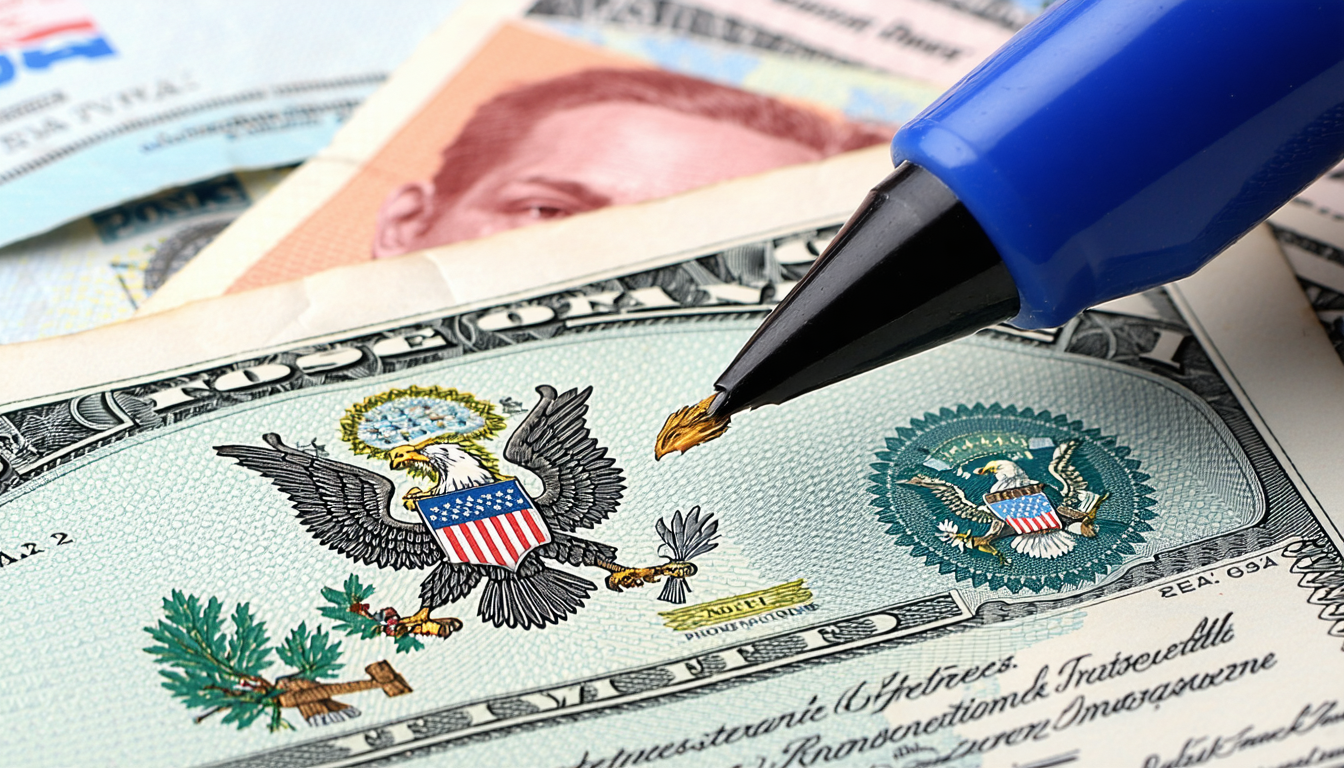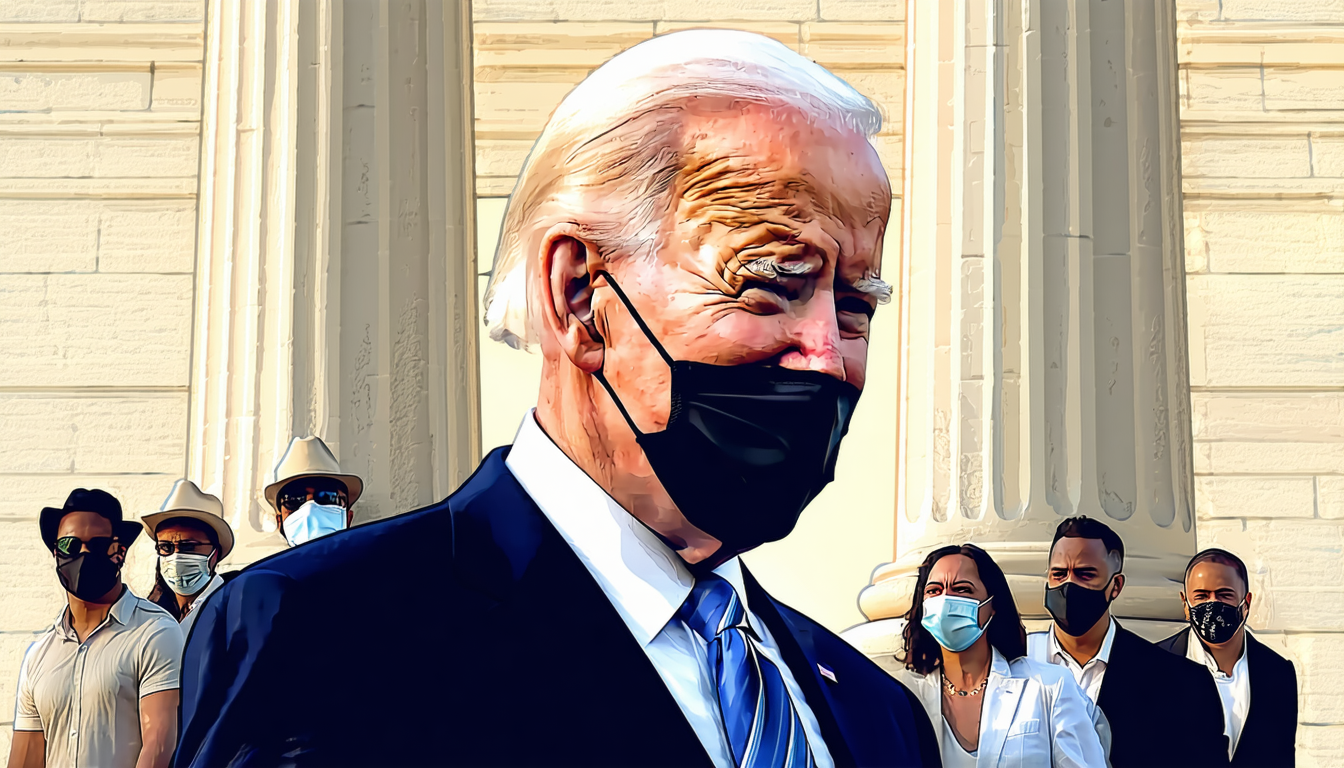The United States government announced sweeping reforms on Friday aimed at simplifying visa applications for travelers, students, and skilled workers worldwide. The changes, effective July 1, 2025, will impact consulates and embassies across all continents as part of a broader effort to modernize immigration services. Officials say the move responds to mounting pressure from businesses and advocacy groups seeking faster processing times and greater transparency.
Overhaul Targets Bottlenecks in Visa Processing
The Department of State’s new policy package introduces digital-first solutions designed to reduce paperwork and cut wait times by up to 40%. Key features include an upgraded online portal for document uploads, real-time application tracking, and expanded virtual interview options.
According to Deputy Secretary Maria Thompson, “These updates are about making the process more accessible while maintaining rigorous security standards.” She added that the reforms were developed after extensive consultation with tech experts and international partners.
In fiscal year 2024 alone, U.S. consulates processed over 10 million visa applications—a record high fueled by post-pandemic travel demand. Yet applicants have faced delays averaging six months or longer in some regions.
Business Community Welcomes Changes
U.S.-based companies have long called for simplifying visa applications amid talent shortages in technology and healthcare sectors. The National Association of Manufacturers estimates that nearly one-third of its members experienced project delays due to slow work visa approvals last year.
“Streamlining these procedures is critical for American competitiveness,” said Raj Patel, Chief Human Resources Officer at a leading Silicon Valley firm. “We need global talent now more than ever.”
Under the new rules:
– H-1B skilled worker applicants can submit supporting documents electronically.
– Student visas (F-1) will feature expedited review for STEM fields.
– Family reunification cases receive priority processing if dependents are minors.
Officials expect these measures will benefit both employers seeking specialized skills and families separated by lengthy backlogs.
Enhanced Security Without Added Complexity
While simplifying visa applications is central to the reform package, officials stress that security remains paramount. Advanced biometric verification tools—already piloted in select embassies—will roll out globally this fall.
Homeland Security spokesperson Lisa Grant explained: “Our goal is seamless entry for legitimate travelers while keeping robust checks against fraud or misuse.”
Applicants flagged during automated screening will still undergo additional interviews or background reviews as needed—a safeguard welcomed by lawmakers on both sides of the aisle concerned about national security risks.
Impact on Students and Tourists
International students make up a vital segment of U.S.-bound visitors each year; over one million attended American universities in 2023–24 alone. Many faced hurdles navigating complex paperwork requirements or scheduling interviews months ahead of departure dates.
With simplified forms available online starting next month—and dedicated helplines staffed around-the-clock—the State Department projects a significant drop in application errors among first-time student applicants.
Tourism industry leaders also anticipate gains from faster visitor visa approvals ahead of major events like the Los Angeles Olympics in 2028. According to Travel USA CEO Emily Chen: “Reducing red tape means more tourists spending money here instead of choosing other destinations.”
Looking Ahead: Challenges Remain Despite Progress
Despite broad support from business groups and educational institutions, some immigration advocates caution that not all barriers have been addressed yet:
– Language access remains limited outside English/Spanish interfaces.
– Applicants without reliable internet may struggle with digital-only systems.
– Some categories—including asylum seekers—are not covered under current reforms.
Policymakers acknowledge these gaps but emphasize ongoing investment into multilingual support lines and mobile-friendly platforms slated for release later this year.
As Congress debates further immigration reform bills this summer—including proposals affecting green card quotas—the success or shortcomings of today’s changes could shape future legislation.
Frequently Asked Questions (FAQ)
What are the main changes introduced?
Key updates include an enhanced online portal with electronic document submission; real-time status tracking; expanded virtual interviews; prioritized processing for certain categories such as STEM students; global rollout of biometric verification tools; improved customer service channels including multilingual helplines coming soon.
Who benefits most from these reforms?
Skilled workers applying through H-1B programs; international students (especially those entering science/technology fields); families seeking reunification where children are involved; tourism operators expecting increased visitor flows.
Will security checks be reduced?
No—security protocols remain strict but use advanced technology like biometrics rather than manual paperwork reviews wherever possible.
How quickly will I see results if I apply now?
Applicants filing after July 1 should experience shorter wait times immediately—with most routine cases processed within three months according to official projections.
Conclusion: A Step Forward With Room For Improvement
The United States’ latest initiative toward simplifying visa applications marks a significant step forward amid rising demand from travelers worldwide. By embracing digital innovation while safeguarding national interests, policymakers hope these measures restore confidence among businesses—and open doors wider—for those wishing to study, work or visit America legally. As implementation unfolds over coming months—and feedback shapes further upgrades—the world watches closely how well promises translate into practice on Main Street USA as well as far beyond its borders.



